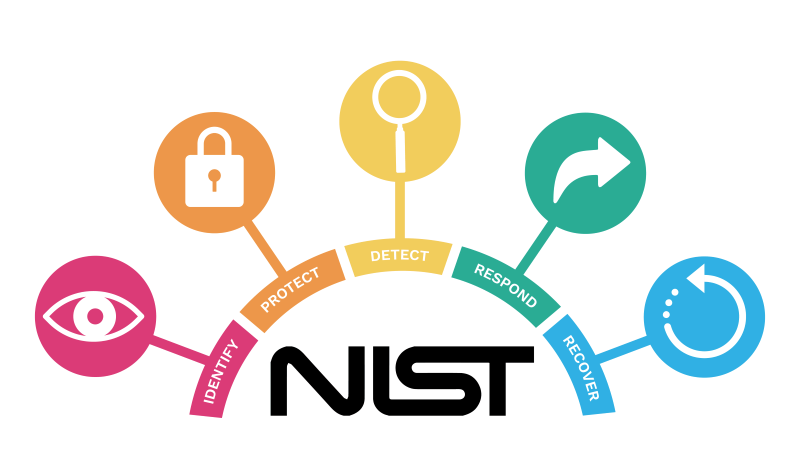
- Provides a highly accessible walkthrough of the updated NIST Cybersecurity Framework (CSF), especially for those newer to formalized cybersecurity governance.
- Offers step-by-step advice on aligning NIST CSF 2.0 with globally recognized standards like ISO 27001 and ISO 22301.
- Emphasizes risk-based, adaptable implementation strategies that support both high-level leadership and operational teams.
Andrew Pattison’s A Concise Introduction to the NIST CSF 2.0 delivers exactly what the title promises: a focused, readable guide to understanding and applying the new version of the National Institute of Standards and Technology’s Cybersecurity Framework (CSF). As digital threats grow more sophisticated and public expectations around data protection rise, the importance of scalable, standards-aligned cybersecurity programs is greater than ever. Pattison, a seasoned expert in governance, risk, and compliance, provides a grounded roadmap for organizations seeking to improve or formalize their cybersecurity posture.
The book begins with a clear explanation of what sets Gen 2.0 apart, including the newly formalized Govern function, and explains how the CSF has evolved beyond critical infrastructure to apply broadly across sectors and organization sizes. It’s especially helpful for professionals tasked with launching a cybersecurity program from scratch or adapting legacy systems to modern expectations. Chapters outlining each of the six core functions—Govern, Identify, Protect, Detect, Respond, and Recover—break down the roles and responsibilities needed at every level of an organization.
Chapter 6 outlines a practical seven-step approach (retained from CSF 1.1) that organizations can use as a starting point, while Chapter 7 addresses a crucial pain point: the lack of external certification for CSF compliance. Pattison explains how to bridge this gap by integrating CSF 2.0 with certifiable standards like ISO 27001 (information security) and ISO 22301 (business continuity), helping organizations demonstrate commitment and resilience to stakeholders.
The book also includes concise explanations of risk assessment models, informative cross-references to other frameworks, and a glossary that will be particularly helpful for non-specialists.A Concise Introduction to the NIST CSF 2.0 is a fairly practical guide that demystifies a vital cybersecurity standard.


Leave a Reply
You must be logged in to post a comment.